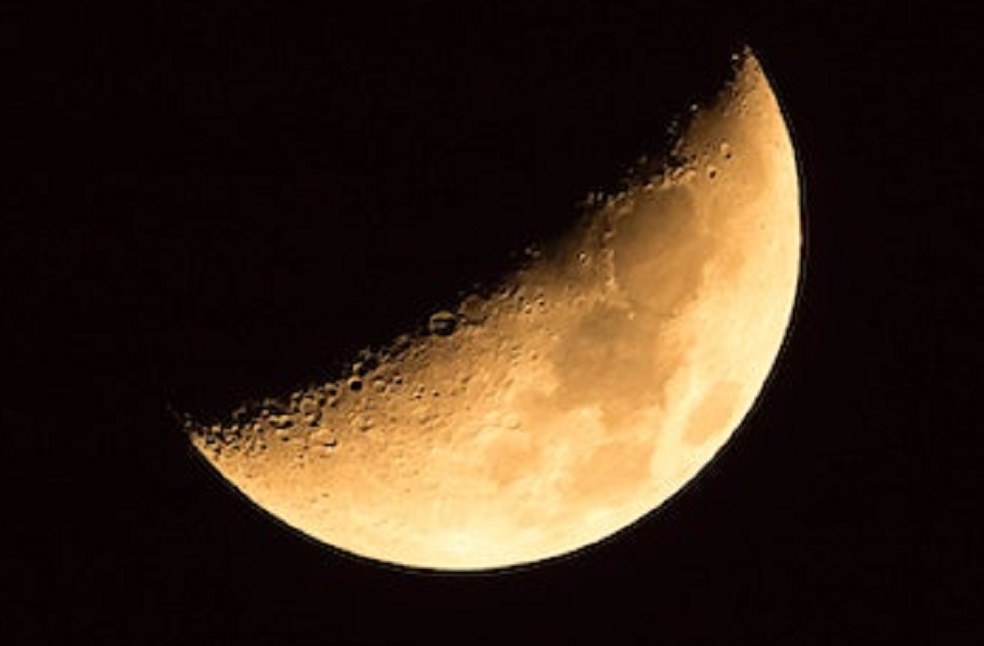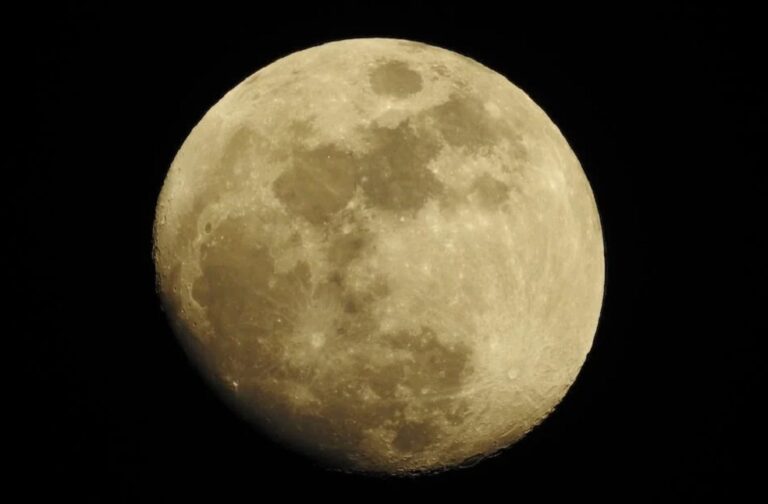United Kingdom: A new study published in the journal Plos Climate has found that creating a “solar shield” in space by mining the moon for millions of tons of its dust and then “ballistically ejecting” it to a point in space about 1 million miles from Earth can help reduce global warming.
“A really exciting part of our study was the realisation that the natural lunar dust grains are just the right size and composition for efficiently scattering sunlight away from Earth. Since it takes much less energy to launch these grains from the moon’s surface as compared with an Earth launch, the “moonshot” idea really stood out for us,” Mr. Ben Bromley, a theoretical astrophysicist at the University of Utah who led the research, commented.
Mr. Bromley and two other researchers considered a variety of substances, including coal and sea salt, that could dim the sun by as much as 2 percent if fired into space. The team finally decided to settle on the dust found on the moon, although millions of tons would have to be mined, sifted, and loaded into a ballistic device, such as an electromagnetic rail gun. The dust is required to be fired into space each year in order to maintain this solar shield.

According to Mr. Bromley, getting this mining and projective equipment to the moon would be “significant” and might require the positioning of a new space station in an area called the L1 Lagrange point to “redirect packets of dust onto orbits that could provide shade for as long as possible.”
Such an approach would act as a “fine-tuned dimmer switch, leaving our planet untouched,” the astrophysicist observed.
Mr. Bromley further remarked that the research’s sci-fi idea is no substitute for the primary task of cutting planet-heating emissions in the first place.
“Nothing should distract us from reducing greenhouse gas emissions here on Earth. Our strategy may just be a moonshot, but we should explore all possibilities in case we need more time to do the work here at home,” the researcher added.



